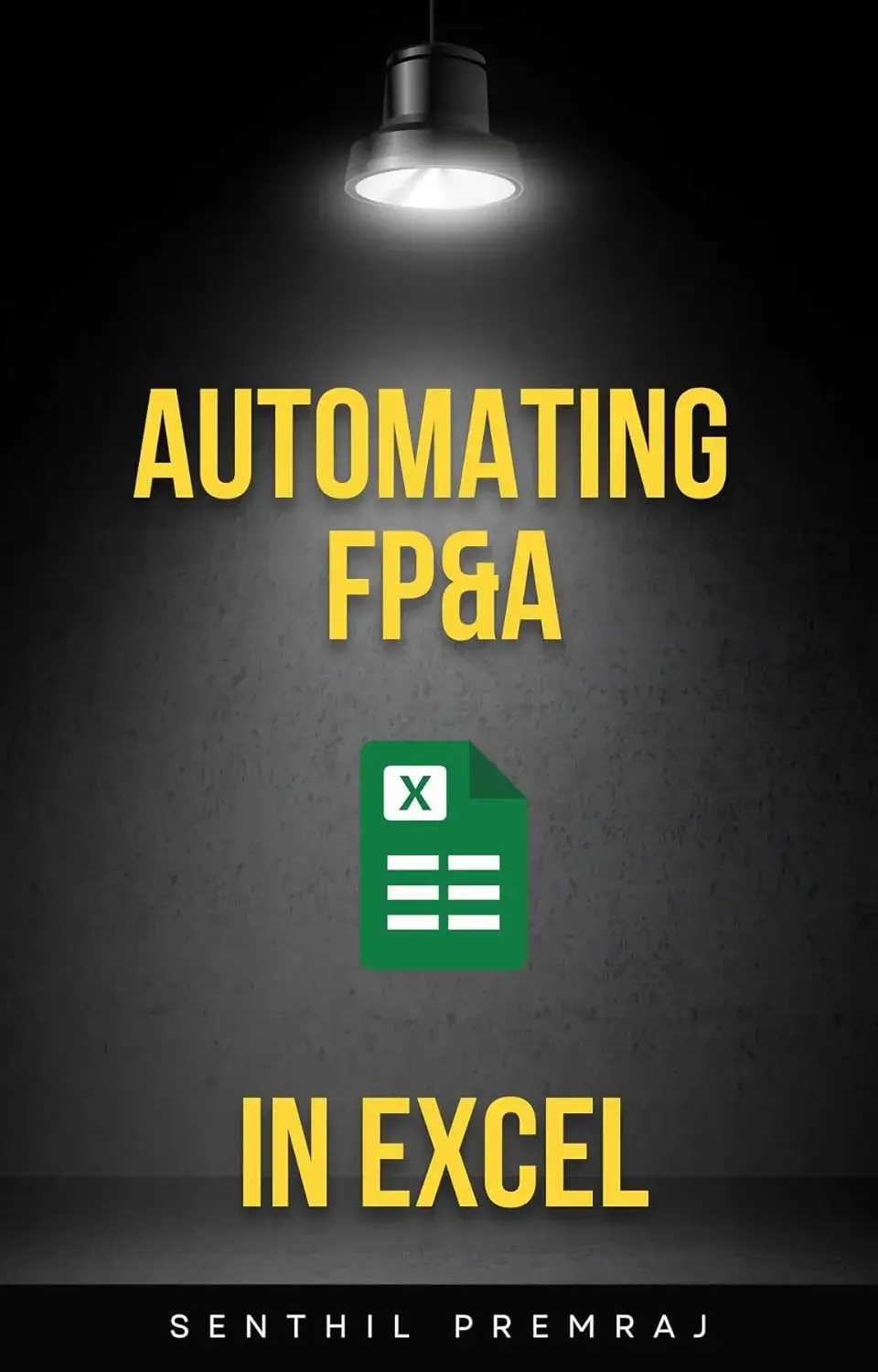Introduction: Why Financial Reporting Software for Construction CFOs Is Now Essential
For CFOs in construction companies generating between $50M and $500M in annual revenue, managing financial performance is a constant challenge. From Work-in-Progress (WIP) schedules and cash flow management to job profitability and compliance, every number matters.
This is exactly why more companies are turning to financial reporting software for construction CFOs — tools designed to automate reporting, eliminate spreadsheet chaos, and give leaders real-time visibility across projects.
Each month, CFOs face the same pressing question:
“How profitable are we really — and which projects are driving or draining our margins?”
Answering that requires reconciling WIP reports, consolidating regional data, and verifying actuals — a process that consumes weeks in Excel.
That’s where modern financial reporting software for construction CFOs changes everything.
The Reality: Excel Overload in Construction Financial Reporting
Ask any construction CFO what tool runs their finance department, and you’ll likely hear one word — Excel.
It’s flexible. It’s familiar. It’s powerful.
But as the organization grows, the cracks begin to show.
A survey by the Association for Financial Professionals (AFP) found that 96% of FP&A teams rely on Excel for planning and reporting, and over 90% use it daily. While Excel offers unmatched modeling freedom, it becomes fragile under the weight of large-scale operations.
The Typical Scenario in Construction Finance
- File Chaos: Every regional controller, project manager, and accountant maintains a separate file for WIP, cost tracking, or billing.
- Broken Links: A renamed tab or deleted row can collapse your entire WIP rollup.
- Version Confusion: Teams circulate multiple versions of spreadsheets — “FINAL_v3,” “FINAL_v4,” and “NEW_FINAL.”
- Manual Consolidation: Finance analysts spend nights copying data from dozens of sheets into a master file.
- Delayed Reporting: Month-end closes stretch from days to weeks due to validation and error checking.
In short, Excel works — until it doesn’t.
It was never designed to handle multi-entity, multi-project consolidation with thousands of ongoing transactions.
The result?
Finance leaders spend 60–70% of their time collecting and cleaning data instead of analyzing performance.
Errors creep in, deadlines slip, and strategic opportunities get missed.
That’s why modern financial reporting software for construction CFOs has become essential.
What Financial Reporting Software for Construction CFOs Does Differently
Unlike spreadsheets, financial reporting software provides structure, automation, and centralized control.
For construction CFOs, the transformation it delivers can be dramatic — shifting finance from firefighting to foresight.
Here’s how it changes the game.
1. Centralized Financial Data Across All Projects
Instead of juggling separate WIP files for each site or region, all project-level financial data flows into a single, centralized database.
Every project’s actuals, forecasts, budgets, and commitments are stored and updated in real time.
This eliminates the need for manual roll-ups and enables CFOs to view consolidated profitability instantly.
Result: One source of truth for all project financials — no more version confusion or broken links.
2. Automated WIP Reporting and Forecasting
Work-in-Progress (WIP) reporting is at the heart of construction finance.
Manual spreadsheet-based WIP models are fragile and slow.
With financial reporting software for construction CFOs, WIP schedules update automatically — integrating data from accounting systems, project management tools, and ERP software.
Revenue recognition, cost accruals, and forecast updates occur in real time.
Example: If project costs increase by 10%, the WIP automatically recalculates margin erosion and forecasted profit, eliminating human error.
3. Real-Time Dashboards for Key Metrics
Executives, lenders, and boards expect up-to-date financial visibility.
Instead of waiting until month-end, CFOs can now access interactive dashboards that display:
- Job-level profitability
- Cash flow projections
- Revenue recognition schedules
- Project cost variance reports
- Labor utilization and equipment overheads
These dashboards empower decision-makers to act faster and with confidence.
4. Scenario Planning and Sensitivity Analysis
Construction projects are dynamic.
Material costs fluctuate. Weather delays impact schedules. Change orders shift revenue recognition.
Traditional spreadsheets struggle with these “what-if” scenarios.
But modern financial reporting software for construction CFOs enables instant scenario modeling.
“What happens if steel prices rise 8%?”
“How will delaying Project Delta by 6 months affect cash flow?”
CFOs can test multiple outcomes within seconds — helping leadership make informed, data-driven decisions.
5. Automated Consolidation and Close Process
Month-end closes no longer need to be a marathon.
Financial reporting software automates intercompany eliminations, currency conversions, and variance analysis — cutting close times by 30–50%.
Audit trails and drill-down capabilities ensure transparency for compliance and board review.
Why PivotXL Is the Best Financial Reporting Software for Construction CFOs
Most FP&A platforms force finance teams to abandon Excel and migrate to rigid web applications.
That’s where many solutions fail — because Excel is not the problem; it’s the lack of structure and automation around it.
PivotXL takes a different approach:
It enhances Excel instead of replacing it.
1. Deep Excel Integration
Keep the templates your team already knows.
PivotXL connects them directly to a central database, ensuring data stays synchronized.
Update one dataset, and every linked workbook, model, and dashboard refreshes instantly — without broken links or version chaos.
2. Centralized Source of Truth
All project financials, trial balances, and WIP schedules are stored in a unified environment.
CFOs gain control over the data pipeline — from source system to final report — ensuring accuracy and consistency.
3. Custom Automation for Construction Workflows
PivotXL supports automation of complex construction-specific workflows, such as:
- Intercompany eliminations
- Retention and progress billing
- Multi-entity consolidation
- Revenue recognition under percentage-of-completion
- Allocations for shared overhead and labor costs
These automations dramatically reduce manual effort and eliminate the risk of formula errors.
4. Back-Office Analyst Support
PivotXL doesn’t just provide software — it provides people.
Expert analysts assist with setup, mapping your chart of accounts, building custom templates, and maintaining automated processes.
This hybrid model ensures your team always has expert help for reporting, modeling, and troubleshooting.
Why Financial Reporting Software Is Critical for Construction CFOs
Construction finance is inherently more complex than most industries.
CFOs must balance multi-year projects, cost overruns, delayed payments, and strict compliance requirements — all while keeping lenders, owners, and auditors satisfied.
Let’s break down why specialized software is no longer optional.
1. Managing Long Project Timelines
Projects often run for months or years, and the timing of costs and revenues can shift significantly.
Financial reporting software for construction CFOs ensures every change — from updated schedules to material adjustments — flows through the model automatically.
2. Handling Change Orders and Cost Overruns
Each change order alters job budgets, profit margins, and revenue recognition schedules.
PivotXL automates these updates instantly, ensuring reporting stays aligned with current reality.
3. Ensuring Compliance with GAAP/IFRS
Revenue recognition in construction follows complex rules (like percentage-of-completion and completed-contract methods).
PivotXL ensures your financial statements remain compliant without endless manual adjustments.
4. Forecasting Cash Flow Accurately
Construction firms often face timing mismatches between billing and collections.
Real-time forecasting capabilities help CFOs predict cash needs accurately, avoiding surprises.
5. Delivering Board-Ready Reports Instantly
Whether for lenders, auditors, or investors, reports can be generated in minutes, not days.
Dashboards automatically update, so your leadership team always has the latest numbers.
Case Study: Transforming Finance at a $200M Construction Firm
Before PivotXL
- Finance team spent 10 days per month consolidating WIP data.
- Errors in Excel led to inconsistencies during board presentations.
- Scenario analysis for new bids took several days.
After PivotXL
- WIP reports refreshed instantly with automated updates.
- Month-end close time dropped by 80%.
- Scenario planning took minutes, not days.
- CFO and CEO could review profitability and cash flow at any time through live dashboards.
“PivotXL gave us confidence in our numbers. For the first time, our finance team was ahead of schedule — not catching up.”
— CFO, Mid-Market Construction Firm ($200M Revenue)
How PivotXL Compares to Other Financial Reporting Software for Construction CFOs
| Feature | PivotXL | Traditional FP&A Tools | Excel |
|---|---|---|---|
| Excel Integration | ✅ Deep native connection | ❌ Limited | ✅ Full |
| Central Database | ✅ Yes | ✅ Yes | ❌ No |
| WIP Automation | ✅ Yes | ✅ Partial | ❌ No |
| Custom Construction Logic | ✅ Yes | ❌ Generic | ✅ Manual |
| Real-Time Dashboards | ✅ Yes | ✅ Yes | ❌ No |
| Analyst Support | ✅ Provided | ❌ None | ❌ None |
PivotXL combines the familiarity of Excel with the power of modern FP&A automation, making it the ideal solution for construction finance leaders.
Key Benefits at a Glance
- 50% faster month-end closes
- 80% fewer manual errors
- 100% real-time visibility into WIP, cash flow, and margins
- Centralized and audit-ready reporting
- Scenario planning and forecasting at scale
The Future of Construction Finance with Financial Reporting Software
Construction finance is shifting from backward-looking reporting to forward-looking insights.
CFOs equipped with financial reporting software for construction CFOs can identify margin leaks, optimize working capital, and model project profitability before issues arise.
Instead of asking “What happened?”, you’ll be asking “What will happen — and how can we improve it?”
That’s the future of strategic finance leadership in construction — and PivotXL is designed to take you there.
Conclusion: Why PivotXL Is the Financial Reporting Software Construction CFOs Trust
For construction companies between $50M and $500M, financial complexity scales faster than spreadsheets can handle.
PivotXL empowers CFOs to:
- Automate WIP and forecasting
- Consolidate multi-entity financials seamlessly
- Gain real-time visibility into project performance
- Maintain the familiarity of Excel while adding structure and automation
The result:
Faster closes, cleaner reports, and smarter decisions — without abandoning the tools your team already knows.
Financial reporting software for construction CFOs isn’t about replacing Excel.
It’s about making Excel scalable, auditable, and automated — for growth that doesn’t break your processes.
Ready to Transform Your Construction Finance?
See how PivotXL can help your finance team:
Book a Demo at pivotxl.com



